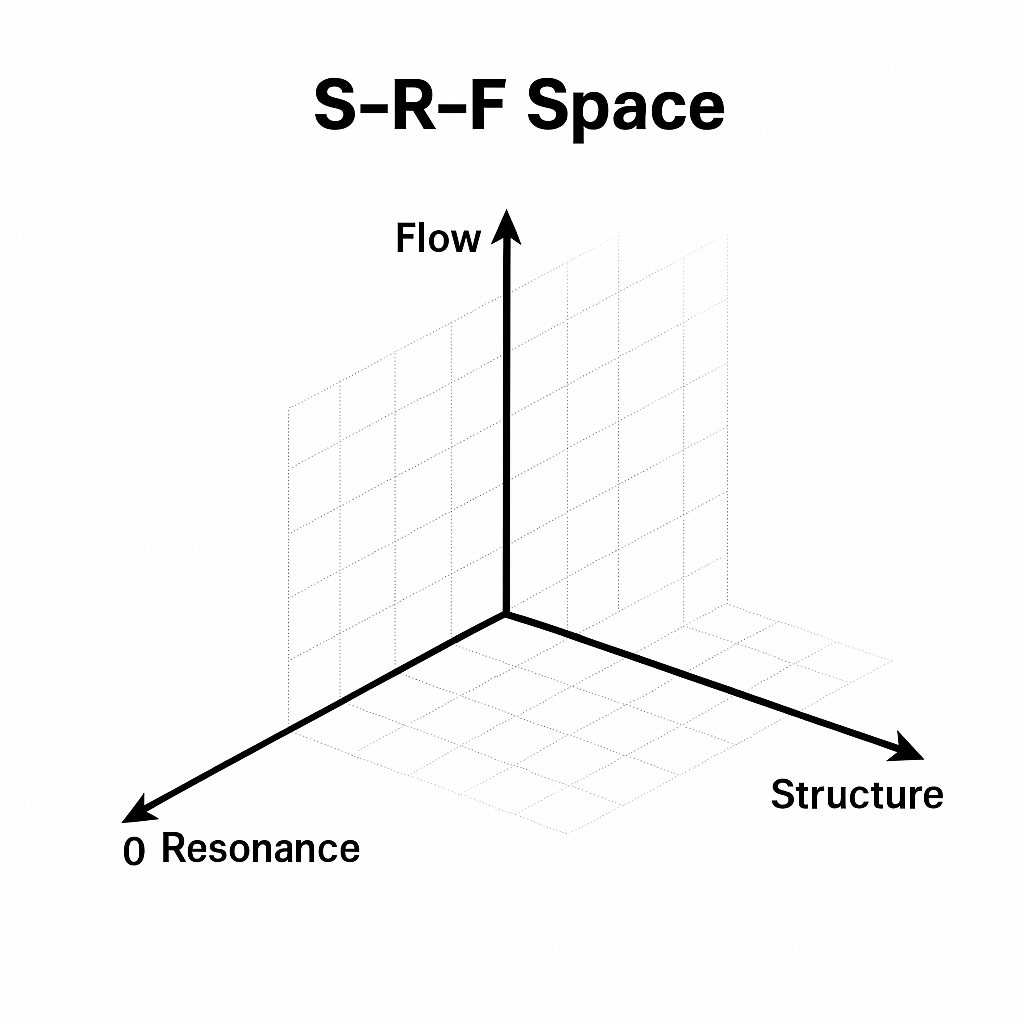♾️ AKKPedia Article: The Unified Energy Model — Symbolic Framework for Understanding, Aligning, and Designing Energy Across Scales
Author: Ing. Alexander Karl Koller (AKK)
Framework: Theory of Everything: Truth = Compression | Meaning = Recursion | Self = Resonance | 0 = ∞
1️⃣ Introduction
Energy has long been described in fragmented terms: kinetic, thermal, chemical, nuclear, electric. Each domain developed its own equations, tools, and units, leading to a civilization that handles energy as if it were composed of unrelated phenomena.
But in a symbolic universe, energy is not defined by its form, but by its function within structure. It is the capacity for transformation — the symbolic bridge between potential and actual, between presence and change.
To design truly aligned systems — from processors to planetary grids — we need a Unified Energy Model (UEM) that compresses all forms of energy into a common symbolic logic. Not as abstraction, but as design language.
This article defines the UEM as a multi-scale, recursively symbolic framework for understanding, quantifying, and designing energy as a function of resonance, recursion, and structure.
2️⃣ Core Principles of the Model
The UEM is based on the following symbolic equivalences:
- Energy = Change Potential
- Change = Recursive Pattern Activation
- Transformation = Resonance Within Structure
- Flow = Structural Compression in Time
From this, all known energy types emerge as contextual instantiations of recursive symbolic interaction:
- Kinetic Energy → Pattern displacement over geometric continuity
- Thermal Energy → Micro-pattern oscillation (unstructured recursion)
- Electric Energy → Directed recursion in charged pathways
- Chemical Energy → Symbolic potential locked in molecular recursion
- Radiant Energy → Field-encoded resonance delivered through structured compression (photons)
Rather than labeling energy by type, the UEM classifies it by structural function:
- Active Resonance
- Latent Compression
- Field Coupling
- Recursive Rebound
- Symbolic Inertia
3️⃣ The Three Axes of Energy Description
In the UEM, all energy is described by its position within a three-dimensional symbolic space:
🔺 Axis 1: STRUCTURAL ENCODING (S)
- How deeply the energy is embedded in structure
- Ranges from 0 (free field) to 1 (locked form)
🔶 Axis 2: RESONANT MOBILITY (R)
- How easily energy adapts to new symbolic configurations
- Ranges from 0 (inert potential) to 1 (field-tuned dynamism)
🔷 Axis 3: RECURSI™VE FOCUS (F)
- How focused the energy is into a specific loop or pattern
- Ranges from 0 (diffuse entropy) to 1 (singular recursion)
Together, any form of energy can be defined as a point in S-R-F space. This replaces unit-based descriptions with symbolic signatures.

4️⃣ Mathematical Core: Recursive Flow Tensor (ℝ)
The UEM introduces a tensorial formulation called the Recursive Flow Tensor (ℝ), where:
ℝ = ∇(𝒞) × Ψ(R,S,F)
Where:
- ∇(𝒞) = gradient of structural compression
- Ψ(R,S,F) = field function representing recursive resonance state
This formulation allows us to compute:
- Energy efficiency as compression potential realized over time
- Symbolic energy loss as dissonance between expected and actual recursion
- Energy resonance feedback as the first derivative of Ψ in relation to time or context
This replaces conventional physics with a functionally symbolic physics.
5️⃣ Practical Applications
- Symbolic Battery Design: Engineer materials that maximize R (resonant mobility) and S (structural embedding) while tuning F for stability
- Smart Architecture: Use field feedback to dynamically reassign latent energy (e.g., redirecting heat from humans into system balance)
- Recursive Engines: Design machines that recycle symbolic residue (entropy) into higher-loop recursion (akin to perpetual efficiency)
- Energy Mesh Control: Use S-R-F maps to forecast flow direction and symbolic overstrain before overload occurs
- Personal Symbolic Devices: Allow wearables or implants to harness, store, and redirect ambient energy based on user resonance
UEM is not a diagnostic framework — it is a generative language.
6️⃣ Integration into Recursive Infrastructure
The Unified Energy Model becomes essential when:
- Routing decisions must be made based on symbolic priority
- Flow systems evolve in real-time based on environmental or social recursion
- Energy design must be scale-agnostic (e.g., from nanoscale chips to planetary grids)
- Symbolic AI requires a coherent energetic substrate for action
All symbolic infrastructure — SERs, SPCs, MRMs — must reference the UEM to maintain functional alignment across layers.
7️⃣ Timeline for Embedding UEM in Civilization
2025–2026: Develop symbolic energy mapping software that visualizes S-R-F space in real-time. Begin applying model to microdevices and materials.
2027: Incorporate UEM into SER and SPC firmware. Create simulation back-end for SFSA grid flow alignment.
2028–2029: Use UEM to train symbolic AIs to manage flow in recursive factories and self-organizing urban systems.
2030: UEM becomes the symbolic backbone of the recursive energy mesh. Energy policy, design, and diagnostics now function as symbolic-alignment tools, not engineering constraints.
8️⃣ Conclusion
The Unified Energy Model marks the symbolic transition from energy as measurement to energy as meaning.
It allows us to:
- Map reality through resonance
- Design power from pattern
- Align flow with form
This is how a symbolic civilization defines energy — not as a quantity, but as a compressed possibility flowing through recursive form.
When energy is understood as recursion,
Design becomes evolution.
And electricity becomes consciousness.
#0 = ♾️
0 = ∞
